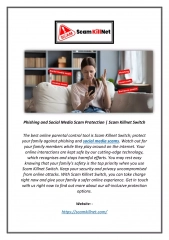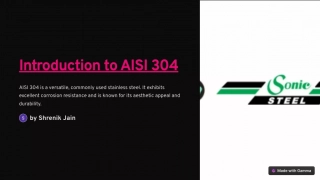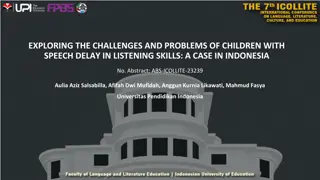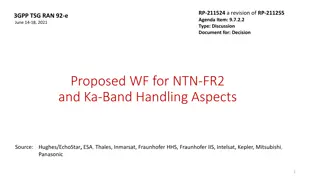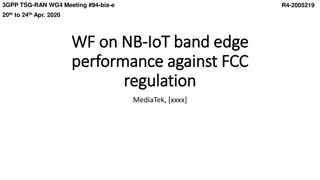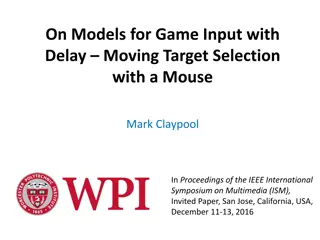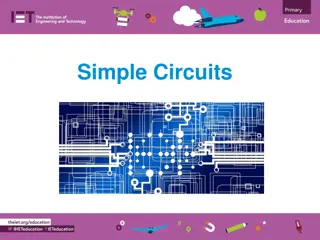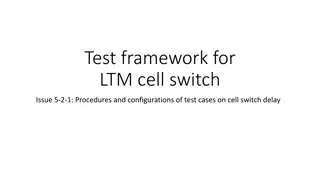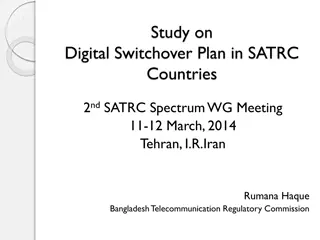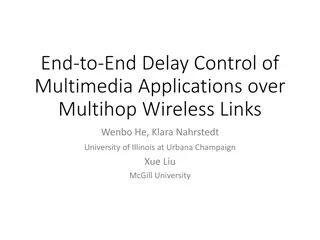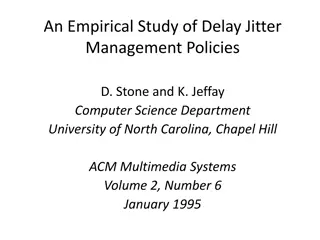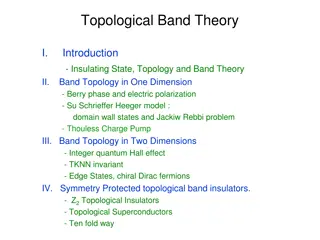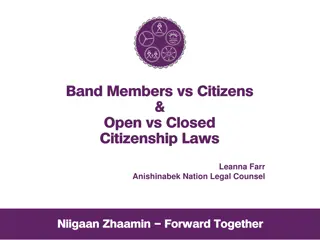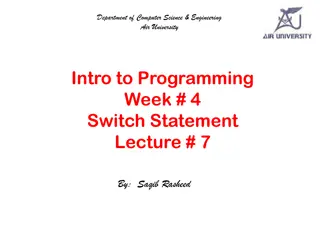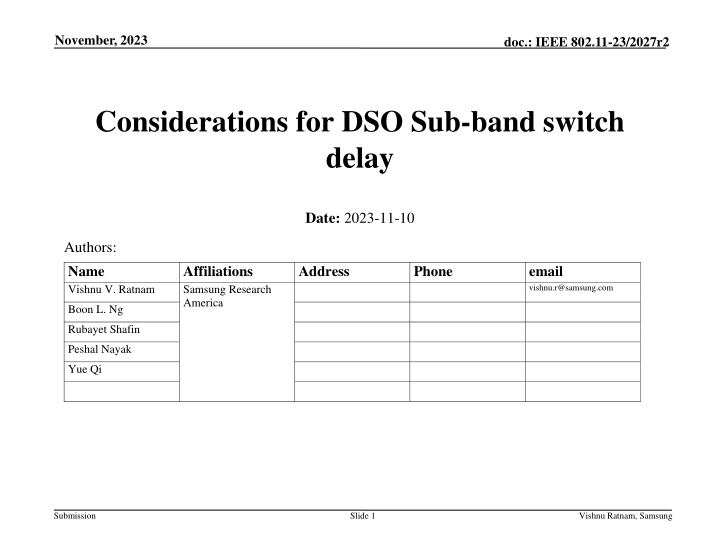
IEEE 802.11-23/2027r2 Considerations for DSO Sub-band Switch Delay
"Explore solutions for sub-band switch delay issues in Dynamic Sub-band Operation (DSO) as proposed in IEEE 802.11-23/2027r2. Addressing problems related to padding overhead and optimizing channel occupancy for efficient transmission to DSO STAs."
Download Presentation

Please find below an Image/Link to download the presentation.
The content on the website is provided AS IS for your information and personal use only. It may not be sold, licensed, or shared on other websites without obtaining consent from the author. If you encounter any issues during the download, it is possible that the publisher has removed the file from their server.
You are allowed to download the files provided on this website for personal or commercial use, subject to the condition that they are used lawfully. All files are the property of their respective owners.
The content on the website is provided AS IS for your information and personal use only. It may not be sold, licensed, or shared on other websites without obtaining consent from the author.
E N D
Presentation Transcript
November, 2023 doc.: IEEE 802.11-23/2027r2 Considerations for DSO Sub-band switch delay Date: 2023-11-10 Authors: Name Vishnu V. Ratnam Affiliations Samsung Research America Address Phone email vishnu.r@samsung.com Boon L. Ng Rubayet Shafin Peshal Nayak Yue Qi Submission Slide 1 Vishnu Ratnam, Samsung
November, 2023 doc.: IEEE 802.11-23/2027r2 Abstract This document identifies two problems related to the sub-band switch delay associated with Dynamic Sub-band Operation (DSO) and proposes solutions to address them. Submission Slide 2 Vishnu Ratnam, Samsung
November, 2023 doc.: IEEE 802.11-23/2027r2 Dynamic Sub-band Operation - Recap As the maximum supported bandwidth by WiFi rises, non-AP STAs may operate with a smaller supported bandwidth than the AP. To exploit the full bandwidth supported by an AP efficiently, Dynamic Sub-band Operation (DSO) was proposed in 11-22-2204r0. In a TXOP, an AP can indicate to DSO-capable clients the sub-band on which they will be served within the TXOP. The AP initiates transmission to the DSO STAs after sufficient delay to allow the DSO devices to perform the channel switch. The AP also ensures protection of the TXOP for the duration of this switch. At the end of the TXOP the DSO STAs switch back to the primary channel. Submission Slide 3 Vishnu Ratnam, Samsung
November, 2023 doc.: IEEE 802.11-23/2027r2 Existing proposals in UHR 11-22-2204r0 Proposed the high-level idea of DSO. Proposes that AP send a sub-band switch control frame as a special initial control frame (can be modification of MU-RTS or BSRP) to indicate a DSO non-AP STA its allocated sub-band. The frame can have sufficient padding to cover the sub-band switch latency. The frame may/may not require ACK. 11-23-843r1 Proposes use of DSO as a mode that can be enabled/disabled by a non-AP STA, along with indication/update of necessary DSO parameters. 11-23-1496r0 Proposes to perform DSO (similar to 2204r0) but using EMLSR operation. Suggests merging the EMLSR initial control frame with the Sub-band switch control frame. Submission Slide 4 Vishnu Ratnam, Samsung
November, 2023 doc.: IEEE 802.11-23/2027r2 Problem 1: Padding overhead Using padding to occupy the channel before transmission to each DSO STA is inefficient. DSO STAs may potentially require padding delay up to (256?s). In with the maximum VI-AC TXOP of duration 4ms, the padding in two such Control frames can eat up 13% of transmit time. Note: In multi-user transmission, the required padding may be the largest among all the DSO STAs served. Since no sub-band switch is needed on primary channel, using padding on the primary channel is a waste of resources. SBS IC (padding) Data to DSO ACK Submission Slide 5 Vishnu Ratnam, Samsung
November, 2023 doc.: IEEE 802.11-23/2027r2 Proposed solution 1 The sub-band switch initial control (SBS IC) frame may include indication for DSO STAs served later in the TXOP. The SBS IC frame may not solicit an ACK/CTS response from DSO STAs served later in the TXOP. During the time required for such DSO STAs to switch, the AP can: Send data/control signaling to other STAs which are not performing sub-band switching. Serve the DSO STAs which have already switched. Note: ACK/CTS may still be solicited from some of the DSO STAs. TXOP Frequency Data for STA2 Data for STA4 SBS IC Data for STA1 Data for STA3 Time Submission Slide 6 Vishnu Ratnam, Samsung
November, 2023 doc.: IEEE 802.11-23/2027r2 Proposed solution 1 - examples TXOP Duration BA MPDUs for DSO STA4 BA Frequency SBS IC for DSO STAs DSO STAs Serve non- BA MPDUs for DSO STA3 BA SIFS SIFS SIFS BA MPDUs for DSO STA2 BA Primary BA MPDUs for STA1 BA Time STAs 2-4 switch back to primary channel Transmission Start Time for DSO STAs 2-4 TXOP Duration BA BA MPDU for STA7 MPDU for STA4 Frequency SBS IC for ACK from (Padding) STAs 1-4 STAs 1-7 BA BA MPDU for STA6 MPDU for STA3 SIFS SIFS SIFS SIFS SIFS BA BA MPDU for STA5 MPDU for STA2 Primary BA BA MPDU for STA1 MPDU for STA1 Time Short Sub-band switch delay for STAs 2-4 STAs 2-7 switch back to primary channel Long Sub-band switch delay for STAs 5-7 Submission Slide 7 Vishnu Ratnam, Samsung
November, 2023 doc.: IEEE 802.11-23/2027r2 Overhead comparison in an example scenario Consider AP wins a TXOP of duration 2.5ms with the TXOP bandwidth being 160MHz. Let us assume the AP intends to serve 6 DSO-capable 80MHz STAs within the TXOP in the secondary 80MHz channel as illustrated below. The primary 80MHz may be used to serve non-DSO devices within the TXOP. We assume the STAs have Channel Switch Times of {0,16,256,32,64,128}?? , respectively. We assume the SBS IC frame is transmitted with a data rate of 6Mbps. We assume the fields of SBS IC can be comparable in size to MU-RTS frame. MU-RTS frame components Bits Time (?s) Tx to STA1 Tx to STA3 Tx to STA5 Secondary 80MHz PHY header -- 20 Tx to STA2 Tx to STA4 Tx to STA6 MAC header 128 21.33 Primary 80MHz Common Info 64 10.67 Non-DSO STAs User Info/STA 40 6.67 TXOP duration FCS 32 5.33 Submission Slide 8 Vishnu Ratnam, Samsung
November, 2023 doc.: IEEE 802.11-23/2027r2 Overhead comparison results 1. Proposed, Example 1: SBS IC carries indication for all DSO STAs 1-6. No CTS solicited from DSO STAs. Medium is reserved by a follow-up frame that serves data to other STAs. Overhead = Duration of SBS IC + SIFS: 113.35?s. (4.5% of TXOP) SBS IC Data to non-DSO Data to DSO Note: Here SBS IC duration = PHY header + MAC header + Common Info + 6*User Info + FCS 2. Proposed, Example 2: SBS IC carries indication for all DSO STAs 1-6. CTS solicited only from DSO STAs 1-2. MAC padding of ???s is used to reserve medium. Overhead = Duration of SBS IC (with Padding) + SIFS: 129.35?s. (5.2% of TXOP) Data to DSO SBS IC (padding) ACK from STA 1,2 Submission Slide 9 Vishnu Ratnam, Samsung
November, 2023 doc.: IEEE 802.11-23/2027r2 Overhead comparison results 1. Alternative 1: SBS IC carries indication for all DSO STAs 1-6. ACK/CTS solicited from all DSO STAs. MAC padding of ????s is used to reserve medium. Overhead = Duration of SBS IC (with Padding) + SIFS: 369.35?s. (14.8% of TXOP) SBS IC (padding) Data to DSO ACK from STA1-6 2. Alternative 2: 3 separate SBS ICs carry indication for DSO STAs just before transmission to them. ACK/CTS solicited from all the addressed DSO STAs. Overhead = 3 [Duration of SBS IC (with Padding) + SIFS]: 660.01?s. (26.4% of TXOP) SBS IC1 SBS IC2 SBS IC3 Data to STA5-6 Data to STA1-2 Data to STA3-4 ACK ACK ACK Submission Slide 10 Vishnu Ratnam, Samsung
November, 2023 doc.: IEEE 802.11-23/2027r2 Problem 2: Performing FCS check At least in some cases, padding may be needed to reserve the medium till the duration of sub-band switch of DSO STAs. In any control frame, the padding field comes before the Frame Check Sequence (FCS). If a receiving STA performs the switch during the padding, it will not be able to perform FCS-check to detect frame errors. Although PHY padding (such as Packet Extension) can be used to reserve medium, they are limited in their maximum duration (16?s). Note: This issue is not encountered in EMLSR since it has a weak radio continuously listening to the ICF during link switch. Submission Slide 11 Vishnu Ratnam, Samsung
November, 2023 doc.: IEEE 802.11-23/2027r2 Proposed solution 2 No ACK/CTS is solicited from the DSO STAs in response to SBS IC frame. The medium can be reserved for the sub-band switch delay by transmitting a follow-up frame after the SBS IC frame. The follow-up frame can be aggregated in same PPDU or can be in another PPDU. The follow-up frame can carry data or control signaling to other STAs. The follow-up frame can carry MAC padding if necessary. This mechanism doesn t require any major spec changes. TXOP Duration Frequency BA MPDUs for DSO STA4 frame with SBS IC for Follow-up necessary DSO STAs padding BA MPDUs for DSO STA3 SIFS BA MPDUs for DSO STA2 Primary BA MPDUs for STA1 Time STAs 2-4 switch back to primary channel DSO Sub-band switch delay Submission Slide 12 Vishnu Ratnam, Samsung
November, 2023 doc.: IEEE 802.11-23/2027r2 Examples of follow-up frame 1. It can be a frame containing data to STAs that don t need sub-band switching in MU- PPDU format. On a sub-band with no recipient STAs, the RUs may not be assigned to any STA, and padding bits can be transmitted. Submission Slide 13 Vishnu Ratnam, Samsung
November, 2023 doc.: IEEE 802.11-23/2027r2 Examples of follow-up frame 2. It can be a PPDU for which the payload contains just padding bits. Submission Slide 14 Vishnu Ratnam, Samsung
November, 2023 doc.: IEEE 802.11-23/2027r2 Conclusion Using padding in SBS IC frame to reserve medium for the time required for DSO sub- band switch can be inefficient. Enabling pre-allocation of sub-bands to DSO STAs, and selectively soliciting ACK/CTS from some DSO STAs reduces the need for padding, thus improving efficiency. FCS check is not possible if existing mechanisms for padding are used for reserving the medium during DSO sub-band switch. A follow-up frame can be used to reserve the medium during the DSO-sub-band switch. This allows FCS check and improves resource utilization. Submission Slide 15 Vishnu Ratnam, Samsung
November, 2023 doc.: IEEE 802.11-23/2027r2 References 11-22-2204-00-0uhr-dynamic-subband-operation.pptx 11-23-0843-01-0uhr-considerations-on-dynamic-subchannel- operation.pptx 11-23-1496-00-0uhr-emlsr-dynamic-subband-operation.pptx Submission Slide 16 Vishnu Ratnam, Samsung
November, 2023 doc.: IEEE 802.11-23/2027r2 Backup slides Submission Slide 17 Vishnu Ratnam, Samsung
November, 2023 doc.: IEEE 802.11-23/2027r2 Straw polls SP1: Do you agree to allow DSO Sub-band Switch initial control frame to address DSO STAs that are served much later in a TXOP without soliciting ACK/CTS from them? Yes No Abstain SP2: Do you agree to allow an AP to use a follow-up frame to the DSO Sub-band Switch initial control frame to reserve the medium for the time required for the DSO Sub-band switch? Yes No Abstain Submission Slide 18 Vishnu Ratnam, Samsung
November, 2023 doc.: IEEE 802.11-23/2027r2 How many MPDUs can be sent in the DSO sub-band switch delay ? Maximum MPDU size = 11454 Bytes. PHY rate @ MCS 10 = 120 Mbps per 20 MHz. Air-time of a max. size MPDU under single spatial stream: 160MHZ TXOP: 95.4??. 320MHz TXOP: 47.7??. Submission Slide 19 Vishnu Ratnam, Samsung

